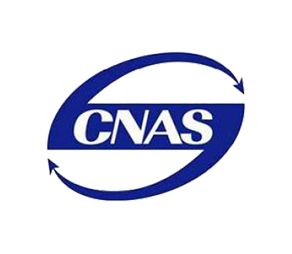Mining operations demand robust underground infrastructure to transport water, wastewater, slurry, and other fluids. Pipelines in these harsh environments face extreme soil loads, fluctuating groundwater levels, and potential ground settlement. Choosing the right pipe material is critical to ensure safety, long-term reliability, and cost-effectiveness. Large diameter HDPE corrugated pipes, also known as Krah Pipes, have emerged as a superior solution for deep-buried mining applications.
Challenges in Deep-Buried Mining Pipelines
1. High Soil Load and Burial Depth
Pipelines buried deep underground face significant external pressure. Rigid pipes may crack or deform under such loads.
2. Groundwater and Corrosion Risk
Constant exposure to moisture and aggressive mining wastewater increases the risk of corrosion and leakage.
3. Ground Movement and Seismic Activity
Mining-induced subsidence and seismic events cause shifts in soil layers. Brittle materials like concrete cannot adapt, increasing the likelihood of failure.
4. Leakage Concerns
Traditional jointing methods, such as cement or welded metal, often fail under soil stress, resulting in infiltration or exfiltration issues.
Comparison with Traditional Pipe Materials
When selecting pipelines for deep-buried mining applications, it is important to compare Krah pipes with traditional materials such as concrete, steel, and solid-wall HDPE pipes:
1. Strength and Load Resistance
Krah Pipes (HDPE Corrugated): Offer excellent ring stiffness, designed to withstand deep burial loads and heavy soil pressure.
Concrete Pipes: Very high compressive strength but brittle and prone to cracking under ground movement.
Steel Pipes: High tensile strength but may deform under long-term soil pressure without proper support.
HDPE Solid Wall Pipes: Adequate for moderate depths, but less suitable for large diameters under heavy loads.
2. Corrosion Resistance
Krah Pipes: Highly resistant to chemical corrosion, acidic or alkaline mine water, and abrasive mining wastewater.
Concrete Pipes: Prone to chemical erosion, especially in acidic environments.
Steel Pipes: Require protective coatings to prevent corrosion; otherwise, moderately resistant.
HDPE Solid Wall Pipes: Excellent chemical resistance, similar to Krah Pipes.
3. Service Life
Krah Pipes: Typically exceed 50 years with minimal maintenance.
Concrete Pipes: Around 20–30 years depending on soil and groundwater conditions.
Steel Pipes: 20–40 years with proper anti-corrosion maintenance.
HDPE Solid Wall Pipes: Over 50 years under proper installation.
4. Installation and Handling
Krah Pipes: Lightweight and easy to transport, reducing installation time and labor costs.
Concrete Pipes: Heavy and require cranes or heavy machinery for installation.
Steel Pipes: Heavy and often require welding or bolting on-site.
HDPE Solid Wall Pipes: Lighter than concrete or steel but more difficult to handle in large diameters.
5. Flexibility
Krah Pipes: Flexible and able to adapt to soil settlement or seismic activity, preventing cracking.
Concrete Pipes: Rigid and susceptible to cracking under soil movement.
Steel Pipes: Rigid; may deform without proper bedding or support.
HDPE Solid Wall Pipes: Moderately flexible, less adaptive in large-diameter deep-buried scenarios.
6. Hydraulic Performance
Krah Pipes: Smooth inner wall ensures high flow efficiency and reduces friction loss.
Concrete Pipes: Rough inner surface may increase friction and reduce hydraulic efficiency.
Steel Pipes: Smooth if lined properly; otherwise, scaling can occur.
HDPE Solid Wall Pipes: Smooth inner wall, comparable to Krah Pipes.
Advantages of Krah Pipes in Mining Applications
1. High Ring Stiffness
Designed to SN8, SN10, or higher, Krah Pipes resist heavy soil loads and maintain structural integrity under deep burial.
2. Flexibility to Absorb Settlement
HDPE elasticity allows slight bending under soil movement, reducing the risk of cracking or catastrophic failure.
3. Leak-Proof Joint Technology
Integrated socket and rubber ring connections ensure watertight performance, preventing infiltration of groundwater and exfiltration of contaminated fluids.
4. Corrosion and Abrasion Resistance
HDPE corrugated pipes resist chemical corrosion, acidic/alkaline water, and abrasive mining slurry, ensuring long-term durability.
5. Ease of Installation and Cost Efficiency
Lightweight and simple to handle, reducing installation time and labor costs compared to steel or concrete.
Long operational life (>50 years) minimizes maintenance and replacement expenses.
Deep-buried mining pipelines present unique challenges, including heavy soil loads, corrosive environments, and ground movement. Traditional materials like concrete or steel often fall short in addressing these issues. Large diameter HDPE corrugated pipes (Krah Pipes) combine flexibility, high stiffness, corrosion resistance, and long service life, making them the optimal choice for mining infrastructure.
Whether used for water supply, drainage, or tailings slurry transport, Krah Pipes provide a reliable, cost-effective, and durable solution that meets the demanding conditions of modern mining operations.
FAQ
1. What are Krah Pipes used for in mining?
Krah Pipes are large-diameter HDPE corrugated pipes designed for deep buried mining pipelines, including water supply, drainage, and tailings slurry transport. Their flexibility and leak-proof joints make them ideal for challenging underground conditions.
2. How do Krah Pipes differ from HDPE solid wall pipes?
Unlike HDPE solid wall pipes, Krah Pipes have a corrugated exterior, offering superior ring stiffness, flexibility, and load-bearing capacity. This makes them more suitable for deep buried mining pipelines where soil movement and heavy loads are common.
3. Can Krah Pipes handle high soil loads and deep burial?
Yes. Krah Pipes are manufactured with high ring stiffness (SN8, SN10, or higher), ensuring HDPE corrugated pipes maintain integrity under extreme soil pressure and deep burial conditions.
4. Are Krah Pipes resistant to corrosion and chemical exposure?
Absolutely. Made from high-quality HDPE, Krah Pipes are resistant to chemical corrosion, acidic or alkaline mine water, and abrasive slurry, making them ideal for long-lasting deep buried mining pipelines.
5. What mining applications are Krah Pipes best suited for?
They are perfect for deep buried mining pipelines, including water supply, wastewater drainage, slurry transport, and industrial mining operations requiring flexible and durable piping solutions.
6. How are Krah Pipes installed?
Krah Pipes are lightweight and easy to transport. Their integrated socket and rubber ring connections ensure leak-proof joints, reducing installation time and maintenance for HDPE corrugated pipes in mining environments.
7. Why choose Krah Pipes over concrete or steel pipes?
Compared to concrete or steel, Krah Pipes provide flexibility, corrosion resistance, lightweight handling, and high hydraulic efficiency. Their long lifespan and low maintenance make them the most cost-effective choice for deep buried mining pipelines.
8. What is the typical lifespan of Krah Pipes?
With proper installation, Krah Pipes can last over 50 years, offering longer service life than traditional materials and ensuring reliability for HDPE corrugated pipes used in mining projects.
516.webp)
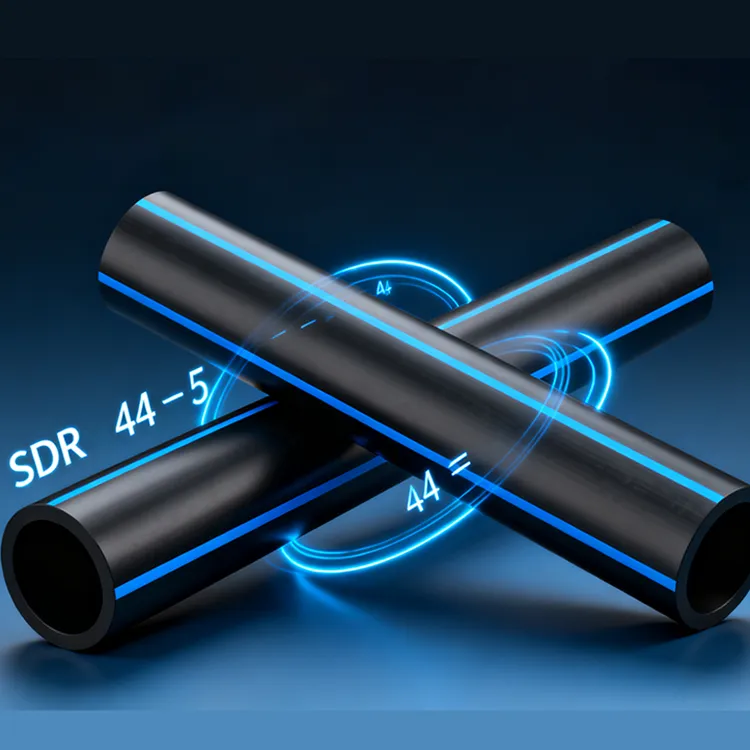
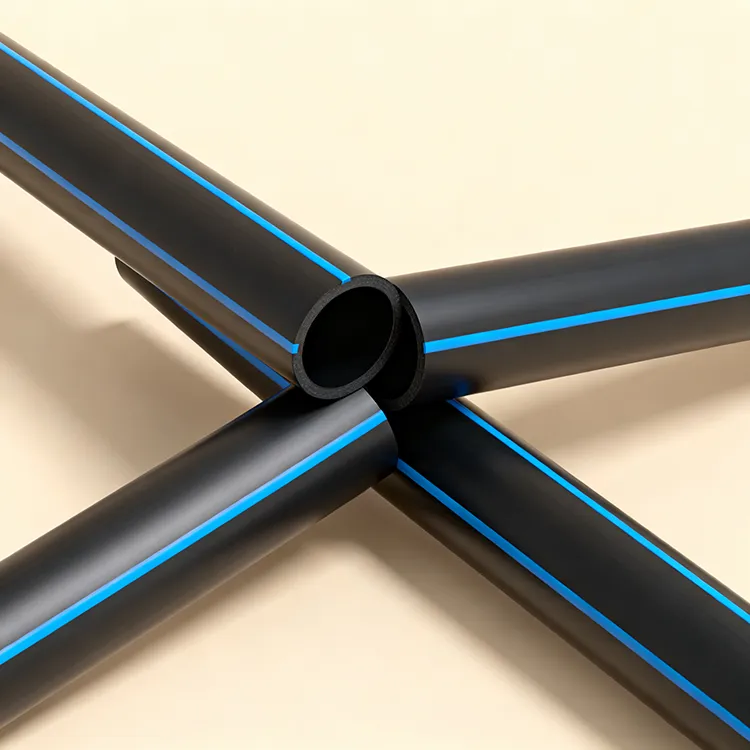
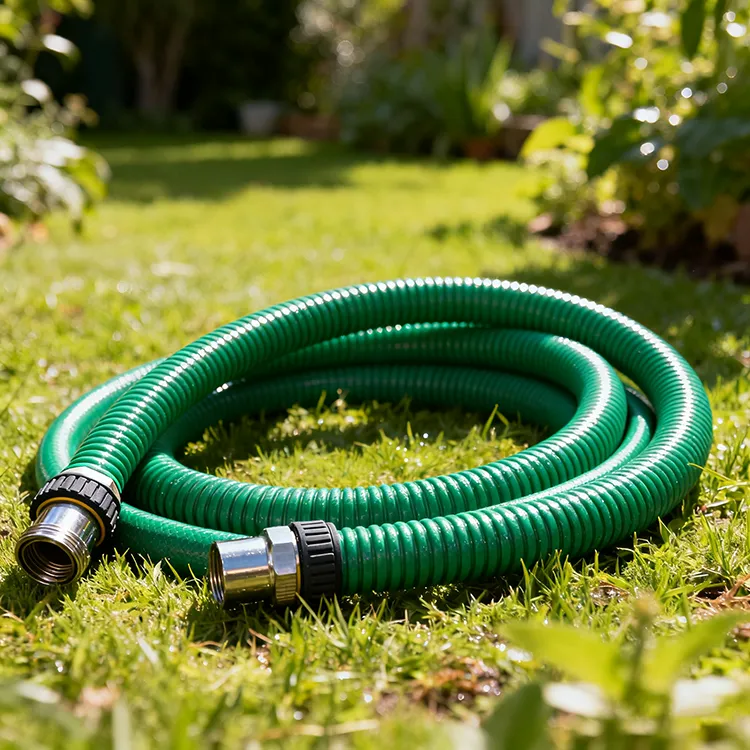
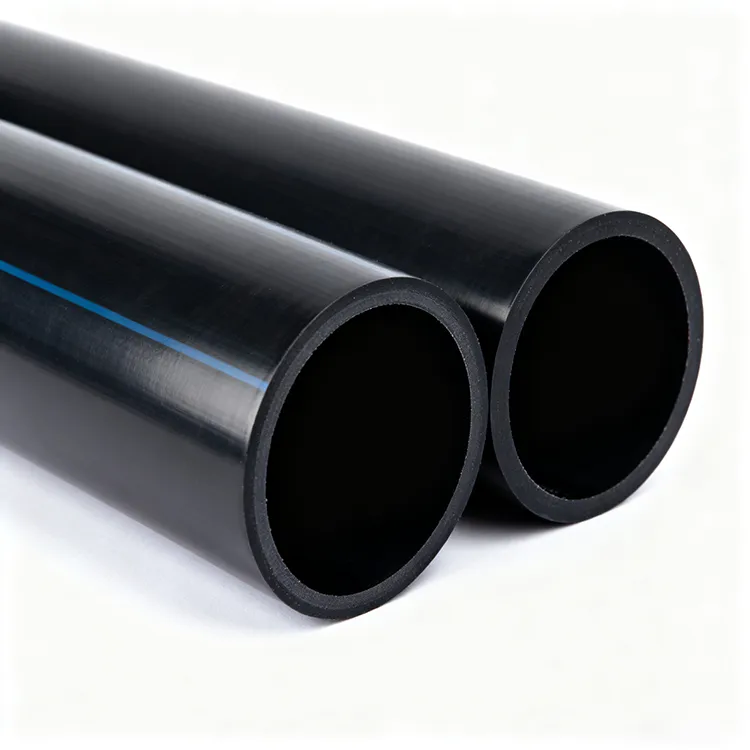
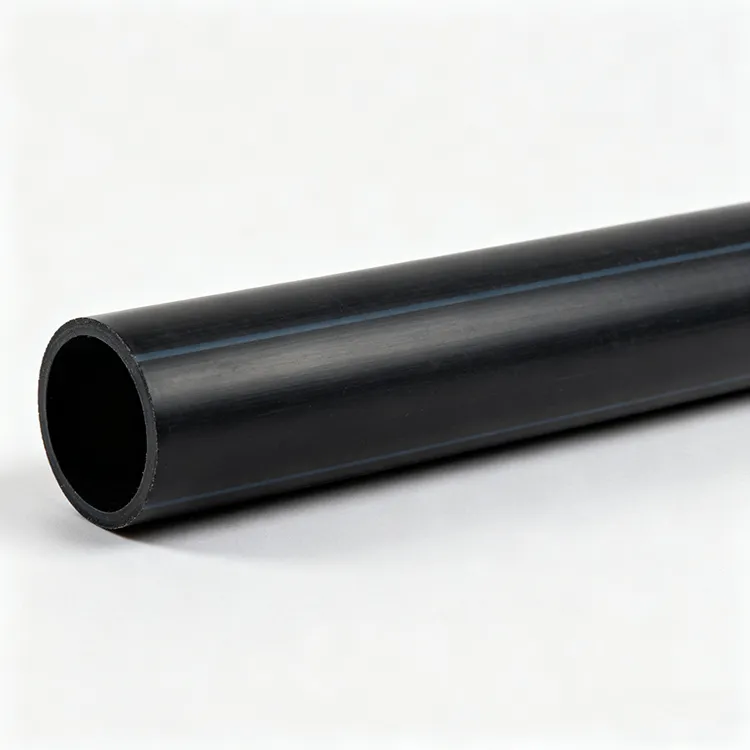
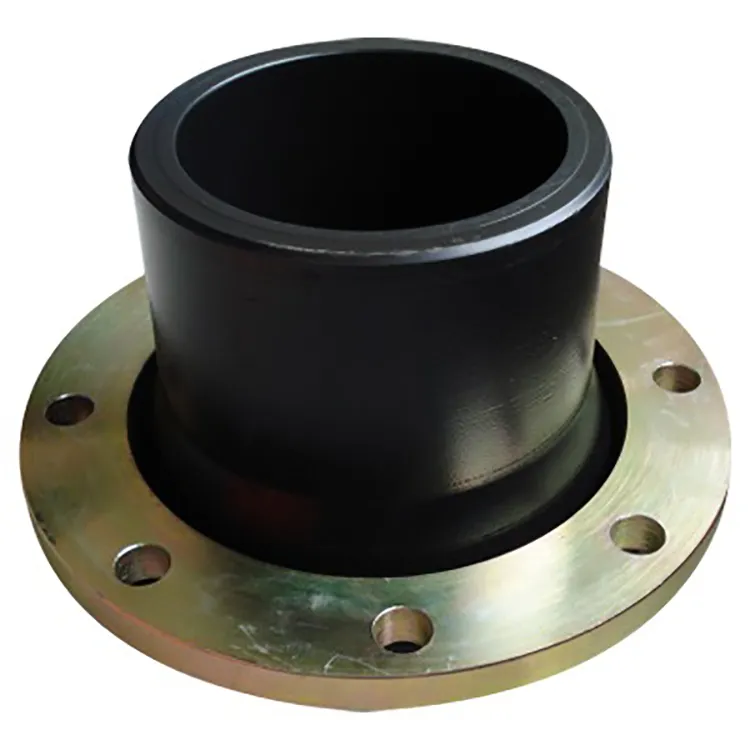
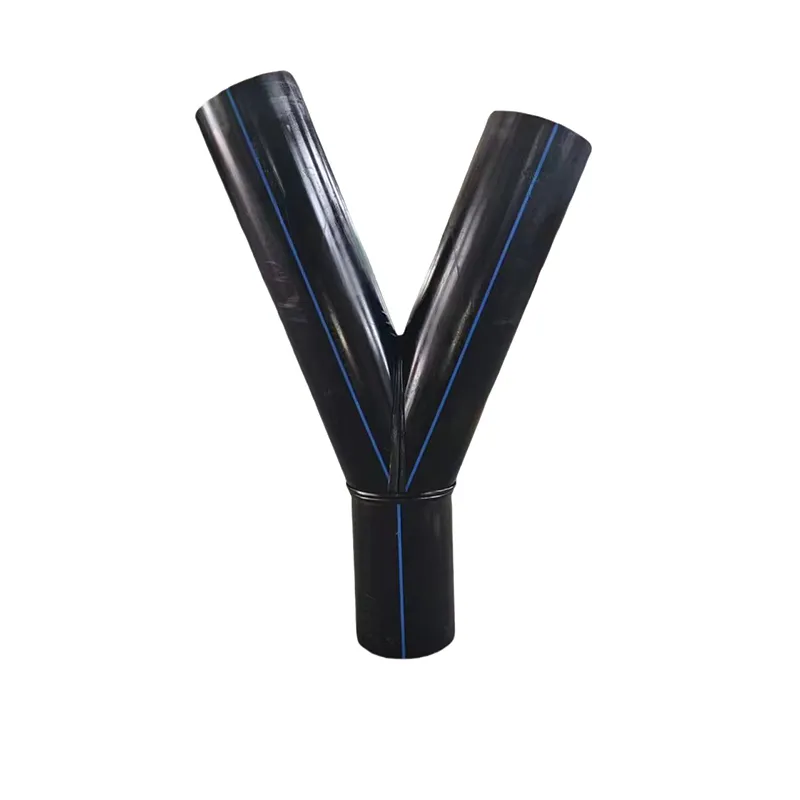
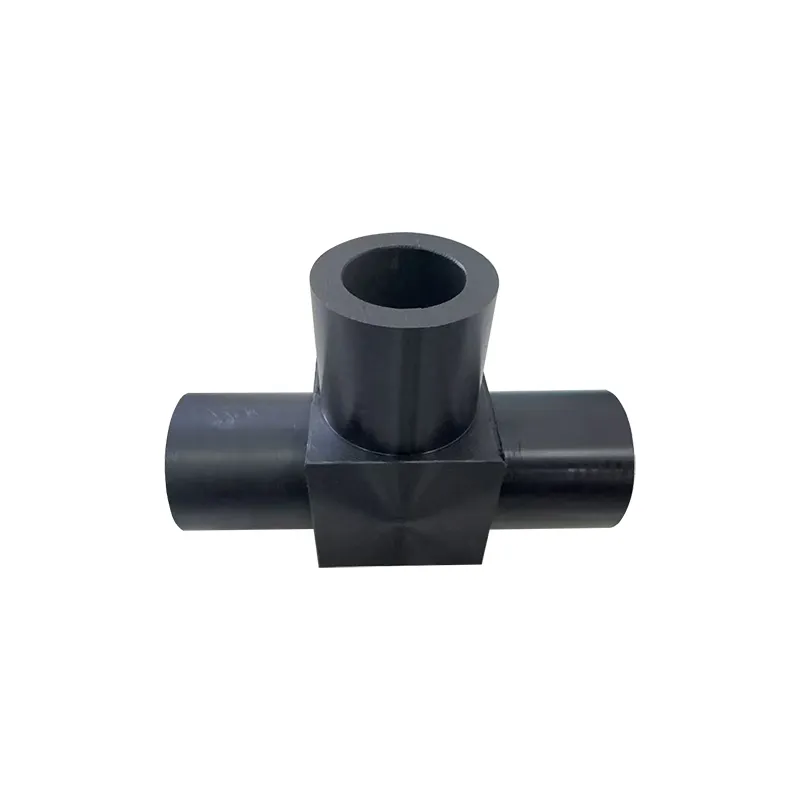
659.webp)
210.webp)
328.webp)
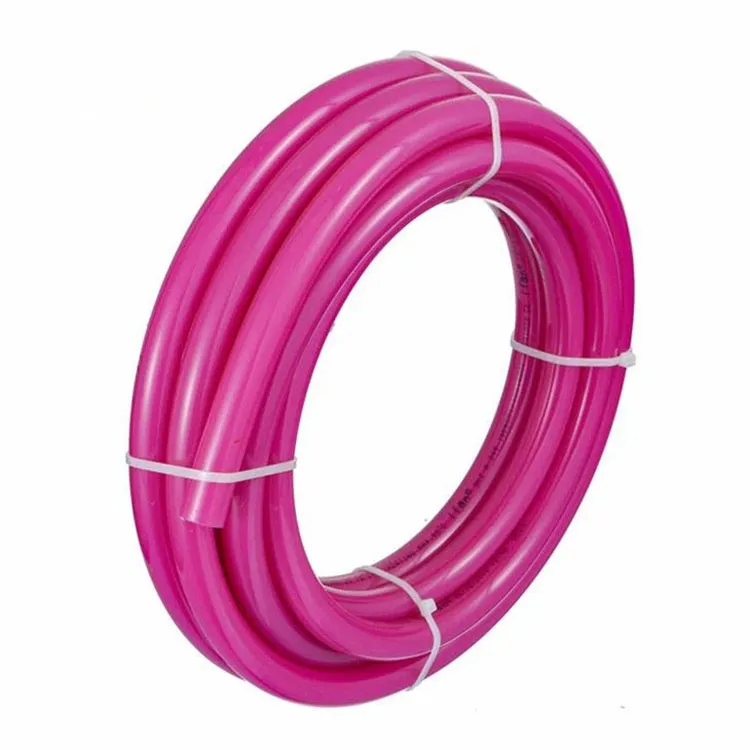
294.webp)
476.webp)

